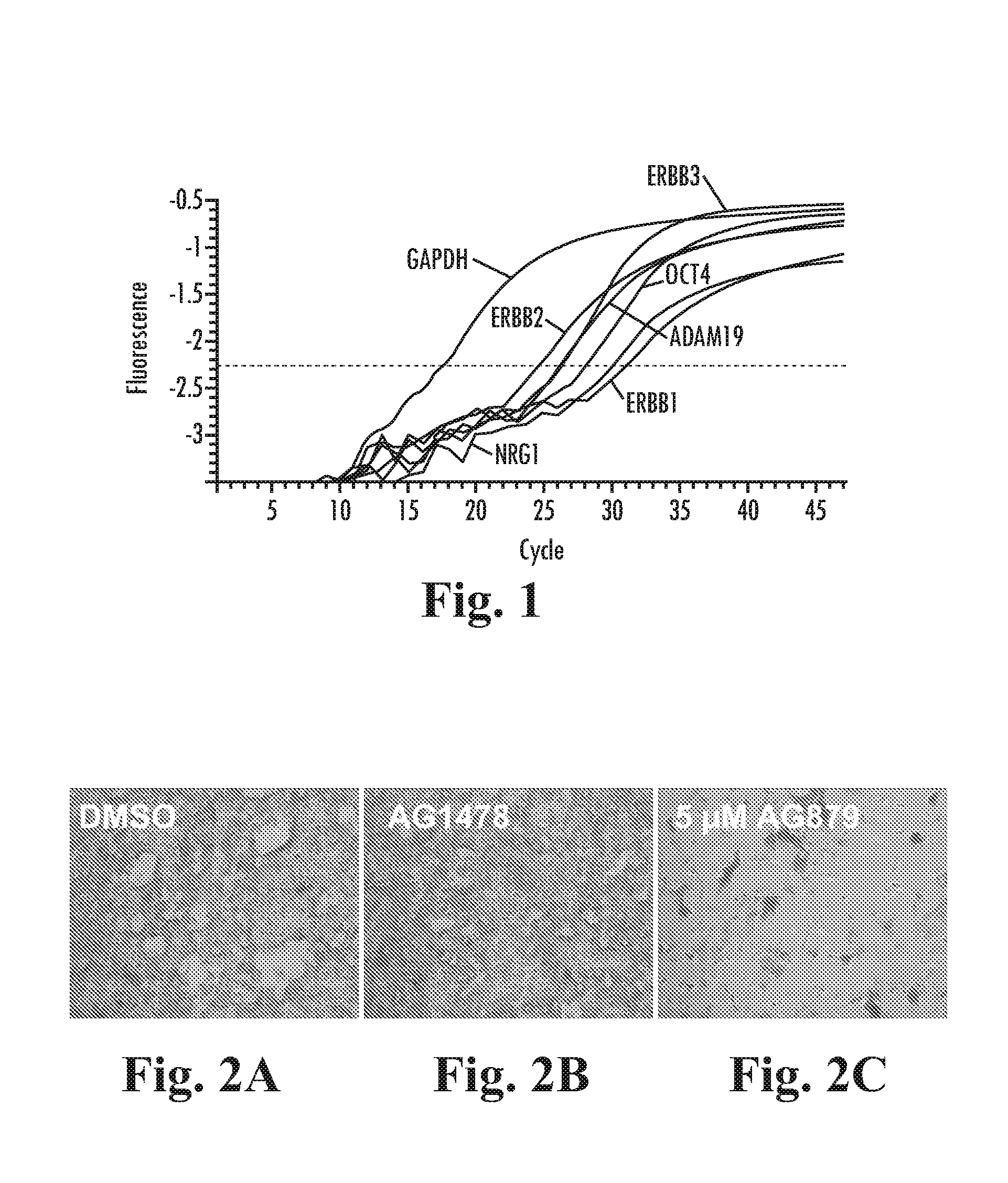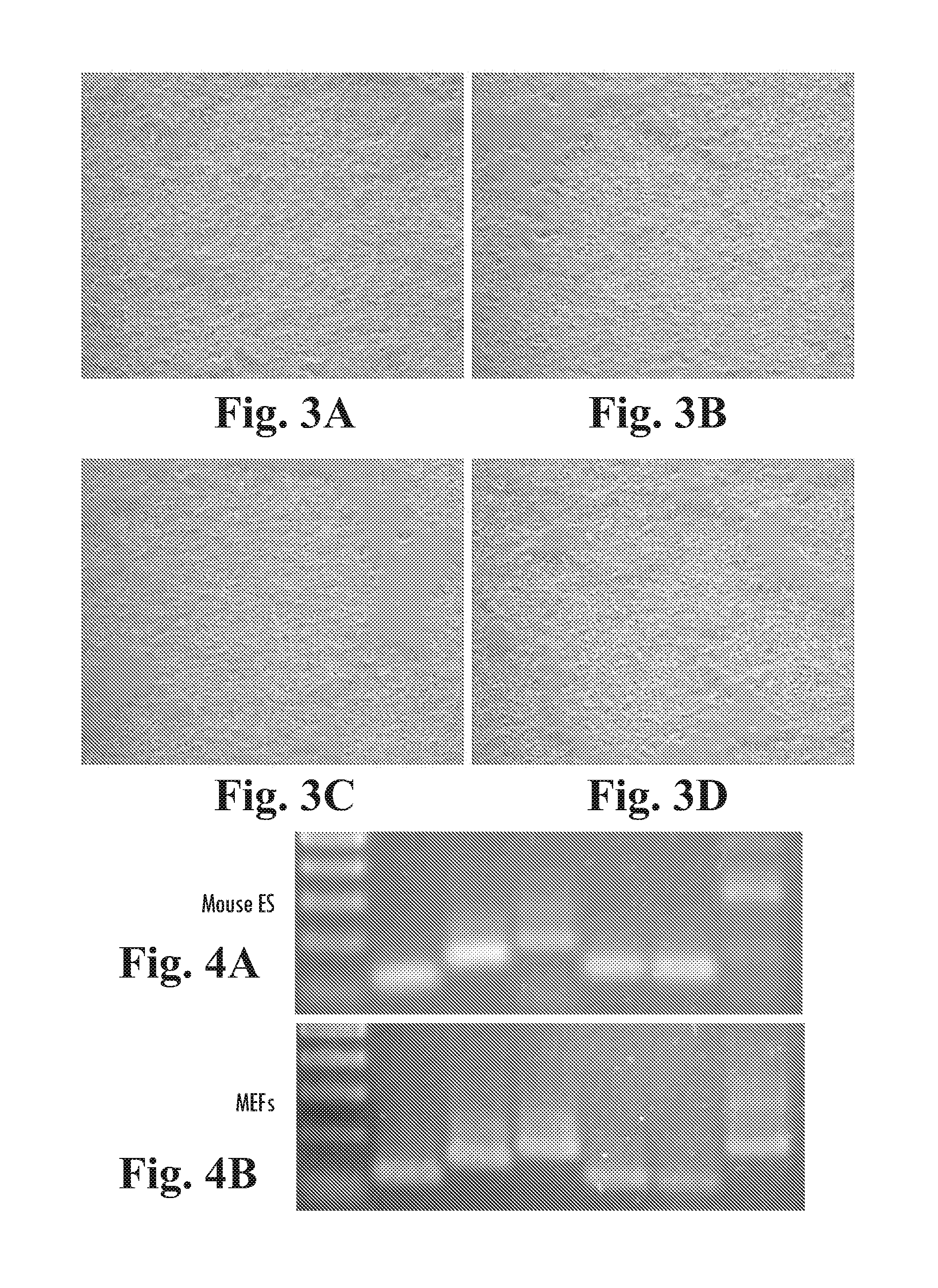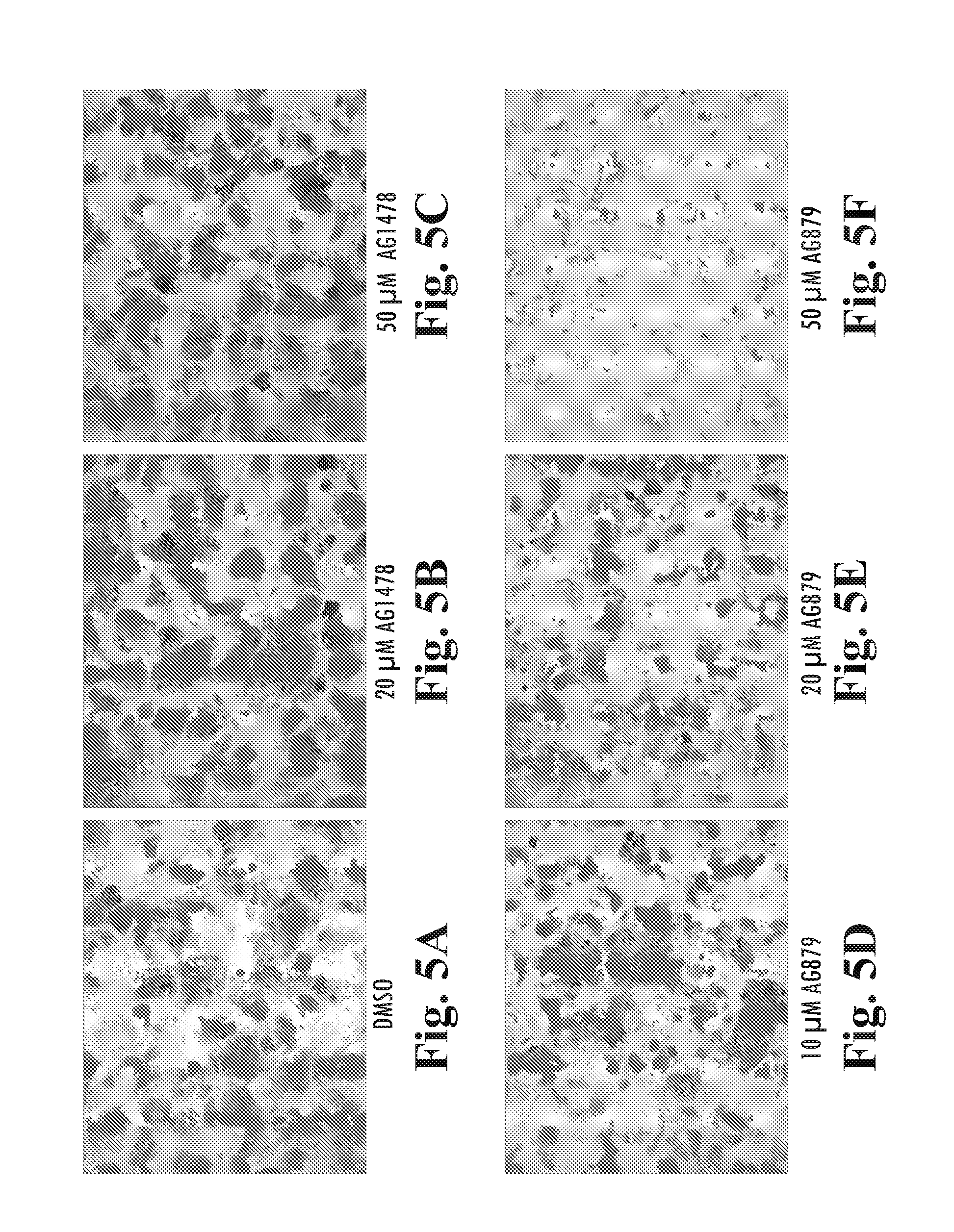Scalable primate pluripotent stem cell aggregate suspension culture and differentiation thereof
a pluripotent stem cell and aggregate technology, applied in the field of scalable primate pluripotent stem cell aggregate suspension culture and differentiation thereof, can solve the problems of limited cell therapy treatment for diabetes mellitus, lack of efficient system providing for a large-scale manufacturing process, genetic and epigenetic changes, etc., and achieve the effect of little or no turbulen
- Summary
- Abstract
- Description
- Claims
- Application Information
AI Technical Summary
Benefits of technology
Problems solved by technology
Method used
Image
Examples
example 1
Expression of ErbB1-3, Nrg1 and ADAM19 in BG01v Cells
[0221]Real time RT-PCR was used to demonstrate expression of ErbB1-3, Neuregulin and ADAM-19 in BG01v cells (FIG. 1). BG01v cells cultured in DC media as described above, containing 100 ng / mL LongR3-IGF1 (LR-IGF1), 8 ng / mL FGF2 and 1 ng / mL Activin A were harvested and RNA was prepared using the RNeasy mini kit (Qiagen) according to the manufacturer's instructions. First strand cDNA was prepared using the iScript kit (Biorad) and real time PCR was carried out using a MJ Research Opticon thermal cycler.
[0222]TaqMan assays on demand (Applied Biosystems) for ADAM19 (Hs00224960_m1), EGFR (Hs00193306_m1), ErbB2 (Hs00170433_m1), ErbB3 (Hs00176538_m1), NRG1 (Hs00247620_m1), OCT4 (Hs00742896_s1) and control GAPDH were used with TaqMan universal PCR (Applied Biosystems). The real time amplification plots are shown in FIG. 1, demonstrating expression of these transcripts in undifferentiated BG01v cells.
example 2
Inhibition of ErbB2 Slows Proliferation of BG01v Cells
[0223]The EGF domain family of ligands bind to the ErbB family of receptor tyrosine kinases. To examine the effect of known inhibitors of ErbB tyrosine kinases in hESCs, BG01v cells were plated in 6 well trays on MATRIGEL™ diluted at 1:1000, in defined culture medium (DC) containing 100 ng / mL LongR3-IGF1, 8 ng / mL FGF2 and 1 ng / mL Activin A. On the next day, DMSO (carrier control), 50 nM-20 μM AG1478 (an ErbB1 inhibitor), or 100 nM-20 μM AG879 (an ErbB2 inhibitor) was added with fresh medium. The cells were cultured for an additional 5 days, with daily media changes. The cultures were then fixed and stained for alkaline phosphatase activity.
[0224]Subconfluent colonies of AP+ BG01v cells observed (FIGS. 2A, and B) in control and AG1478 cultured cells, indicating that neither DMSO nor AG1478 (50 nM-20 μM) had an apparent affect on cell proliferation. AG879, however, substantially inhibited cell growth at 5 μM (FIG. 2C) and caused ce...
example 3
BG01v cells are Maintained in Defined Media Containing Heregulin
[0225]Expression of ErbB2 and ErbB3 and the inhibition of proliferation with AG879 suggested that BG01v cells have active endogenous ErbB signaling and that they may also respond to exogenous HRG-13. BG01v cells were grown in DC medium containing 10 ng / mL HRG-13, 200 ng / mL LongR3-IGF1, 8 ng / mL FGF2 and 10 ng / mL Activin A, on MATRIGEL™ diluted 1:1000 (FIGS. 3A and B). These cells were grown for 4 passages, or >20 days, exhibited undifferentiated morphology and did not show elevated spontaneous differentiation.
[0226]Furthermore, BG01v cells were also maintained for 2 passages, or >13 days, in DC medium comprising 10 ng / mL HRGβ, 200 ng / mL LongR3-IGF1, and 10 ng / mL Activin A. These cultures proliferated normally and exhibited very low spontaneous differentiation, demonstrating that BG01v cells could be maintained in defined conditions with HRGβ in the absence of FGF2.
PUM
| Property | Measurement | Unit |
|---|---|---|
| diameter | aaaaa | aaaaa |
| diameter | aaaaa | aaaaa |
| concentration | aaaaa | aaaaa |
Abstract
Description
Claims
Application Information
 Login to View More
Login to View More - R&D
- Intellectual Property
- Life Sciences
- Materials
- Tech Scout
- Unparalleled Data Quality
- Higher Quality Content
- 60% Fewer Hallucinations
Browse by: Latest US Patents, China's latest patents, Technical Efficacy Thesaurus, Application Domain, Technology Topic, Popular Technical Reports.
© 2025 PatSnap. All rights reserved.Legal|Privacy policy|Modern Slavery Act Transparency Statement|Sitemap|About US| Contact US: help@patsnap.com



